Key Takeaways
- Kazuo Umezu’s passing leaves a significant void in the manga world, but his impactful works will continue to influence various genres.
- Umezu was a trailblazer in manga, with iconic horror works like The Drifting Classroom and the gag manga Makoto-chan.
- Umezu’s career spanned various genres, from horror to sci-fi, and his expressive art style will leave a lasting legacy in the medium.
Kazuo Umezu is one of the most significant names in the world of manga, and has had a major impact on its development as a storytelling medium. His passing in late October is a blow to the industry and the world overall, but his memory will live on in his plethora of works which were foundational to the current schema of various genres in manga, especially horror, a realm in which he rose to prominence even before the likes of Junji Itō, who is famously synonymous with horror in manga.
Among his most famous works is the classic horror The Drifting Classroom, and the hit gag manga, Makoto-chan. Let’s celebrate the life and work of Kazuo Umezu.
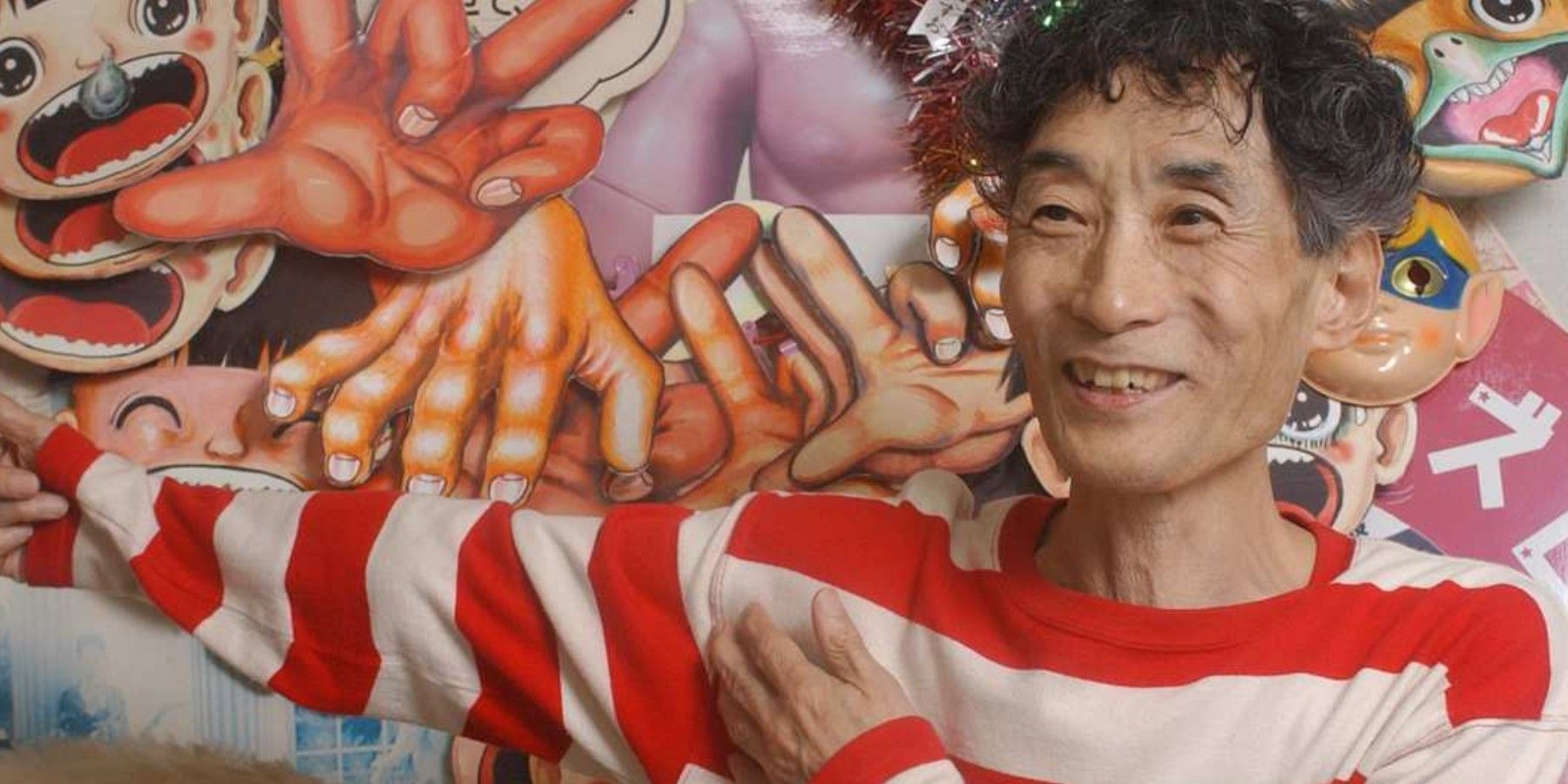
RELATED
Legendary Horror Mangaka Passes Away
Sad news as the prolific creator dubbed “the God of Horror Manga” passed away last week.
A Mangaka Since Childhood
Umezu Published His First Work At 18
Born in Kōya, Wakayama Prefecture but raised in Gojō, Nara Prefecture, Kazuo Umezu was inspired as a fifth grader to draw manga after encountering Osamu Tezuka’s Shin Takarajima (New Treasure Island) and joined a drawing circle called the Kaiman Club. By the time he was 18, Umezu had published his first work, Mori no Kyōdai (Siblings of the Forest), which was based on Hansel and Gretel, in 1955 with the kashi-hon publisher Tomo Book.
“Kashi-hon” refers to services that rent out books and magazines, and the industry has its origins in feudal Japan, back when books were too expensive for common people to buy. Publishing his works in the Osaka kashi-hon industry afforded Umezu a lot more creative freedom than he would have had publishing in magazines, which would enable him to shift towards the gekiga movement; a style of comics that was aimed at mature audiences and featured more cinematic art, with mature themes, spawning a whole new aesthetic in Japanese comics.
Umezu’s specific contribution was his visual style, which came from his combination of gritty horror aesthetics with shōjo manga visuals, a feat achieved to brilliant effect in his 1965 horror manga Reptilia, which is famed for breaking the conventions of manga and spawned a boom in the production of horror manga in the 1970s. Despite being remembered as the “God of Horror Manga”, Umezu’s contributions spanned various genres, with many of his earlier titles being shōjo manga, a niche that he changed by challenging the common trope of depicting mother-daughter relationships and the overall lack of depth seen in shōjo manga at the time. His first hit was The Drifting Classroom, a horror manga that follows the students and teachers of a primary school that was transported to a mysterious wasteland filled with no hope of return. The series ran from 1972 to 1974 in Shogakukan’s Weekly Shōnen Sunday magazine and won a Shogakukan Manga Award in 1974.
|
Famous Manga Created By Kazuo Umezu |
||||
|
Title |
Genre |
Demographic |
Publishing Year |
English Translated? |
|
Reptilia |
Horror |
Shōjo |
1965 |
Yes |
|
Cat-Eyed Boy |
Horror/Supernatural |
Shōnen |
1967 |
Yes |
|
Orochi |
Horror/Supernatural |
Shōnen |
1970 |
Yes |
|
The Drifting Classroom |
Horror |
Shōnen |
1972 |
Yes |
|
Makoto-chan |
Comedy |
Shōnen |
1976 |
No |
|
My Name is Shingo |
Sci-Fi |
Seinen |
1976 |
Yes |
|
Fourteen |
Sci-Fi |
Seinen |
1990 |
No |
Makoto-chan and Beyond
The Legend of Kazuo Umezu
Arguably Umezu’s biggest hit is the 1976 gag manga, Makoto-chan, a title which propelled his already-established career into the realm of super stardom and allowed him to coin his “GWASH!” catchphrase and hand gesture that became synonymous with the series’ titular character, and eventually, with Umezu himself. The series followed the titular character, a kindergartener who would get into all kinds of hijinks that featured elements of adult and toilet humor.
The author of Inuyasha, Urusei Yatsura, and Ranma 1/2, the immensely legendary Rumiko Takahashi, was briefly an assistant on Makoto-chan. The immense success of Makoto-chan augmented his fame, enabling him to be more of a public figure, appearing on TV frequently in a striped red and white shirt that went on to be yet another one of his trademarks. Umezu even ventured into the realm of music, recording two musical projects based on his horror manga called Yami no Album. The first album was released in 1975, with the second coming out much later in 2011.
Umezu approached various genres and demographics over the course of his manga career, choosing to go down the sci-fi route after Makoto-chan with My Name is Shingo, which explored themes less tied to horror and more closely related to consciousness and the metaphysical. While drawing his last manga serialization, Fourteen, Umezu developed acute tendonitis in his fingers, which made drawing difficult and led to the final chapter of the series only being added in the 2012 Perfection release. He went on to retire from drawing manga in 1995, but his fame would persist, with his candy cane-striped home in Kichijōji quickly becoming famed for its architecture, which was based on the Makoto-chan series.
The Legacy of Kazuo Umezu
God of Horror Manga
With a career that inspired a whole new generation of mangaka which saw the rise of the likes of Junji Itō, Kazuo Umezu is one of the most significant manga artists in the history of the medium. His combination of the aesthetics from shōjo manga, a demographic to which he contributed a great deal even before the revolutionary influence of Riyoko Ikeda, but also his drawing from childhood experience and folk tales told by his father made Umezu’s work exemplary in the realm of horror. His stories often depicted intergenerational conflict between children and adults, which came from his observation of the one-dimensionality of mother-daughter relationships depicted in shōjo manga during his early career, a tenet of his work that also led to the creation of Reptilia and hence kicked off a horror manga boom in the 1960s and 1970s.
Kazuo Umezu’s highly expressive drawings of screaming characters in the vast majority of his horror manga works is an element that has been referenced time and time again in anime and manga, and his works will continue to echo into the future of manga as a whole. His passing led to an outpouring of support from various artists, not just mangaka, showing the immense reach that Umezu had in his life and career, and even as he lay on what would become his deathbed, he was excited about writing a new manga. Rest in peace, legend.
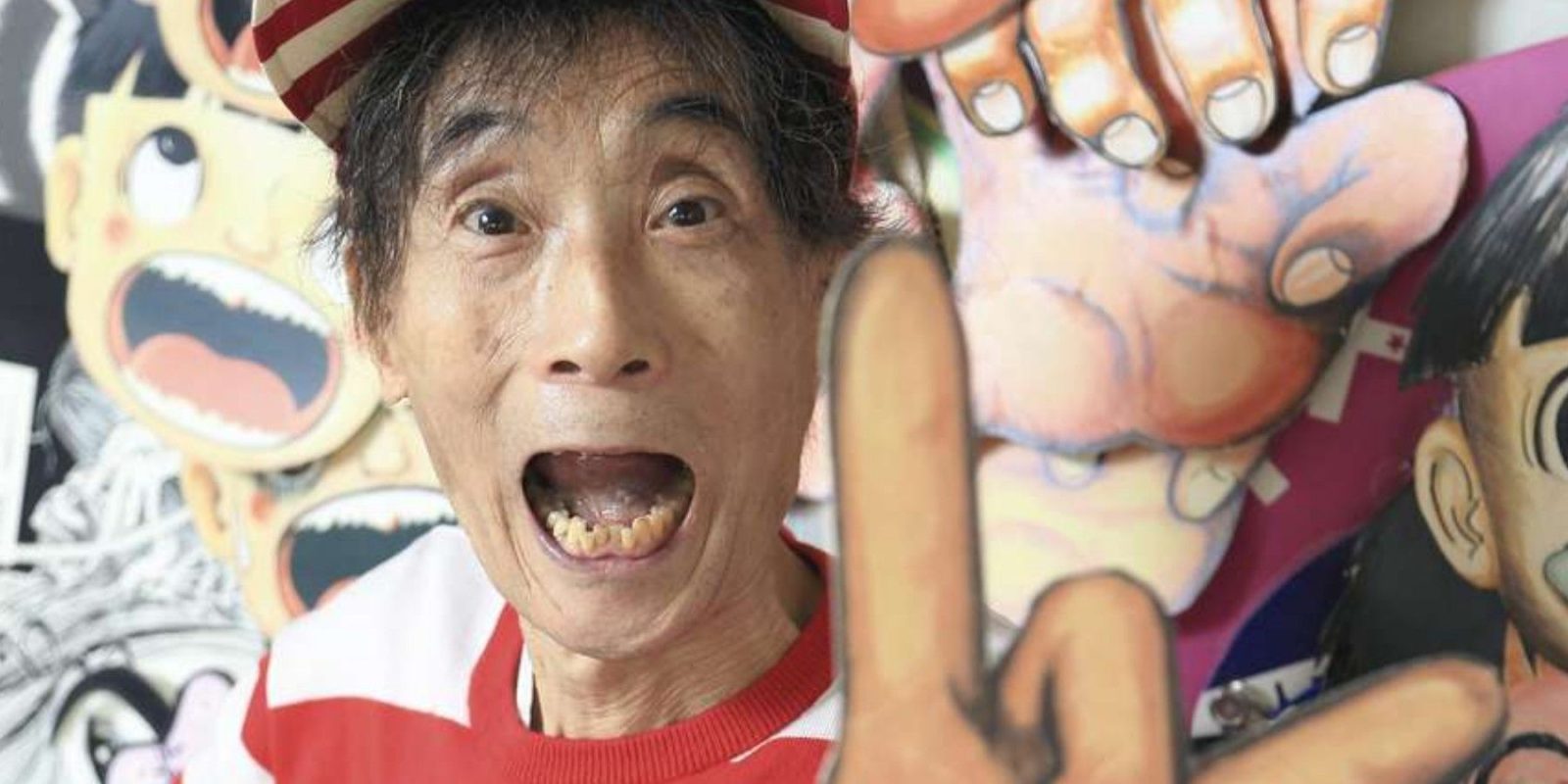
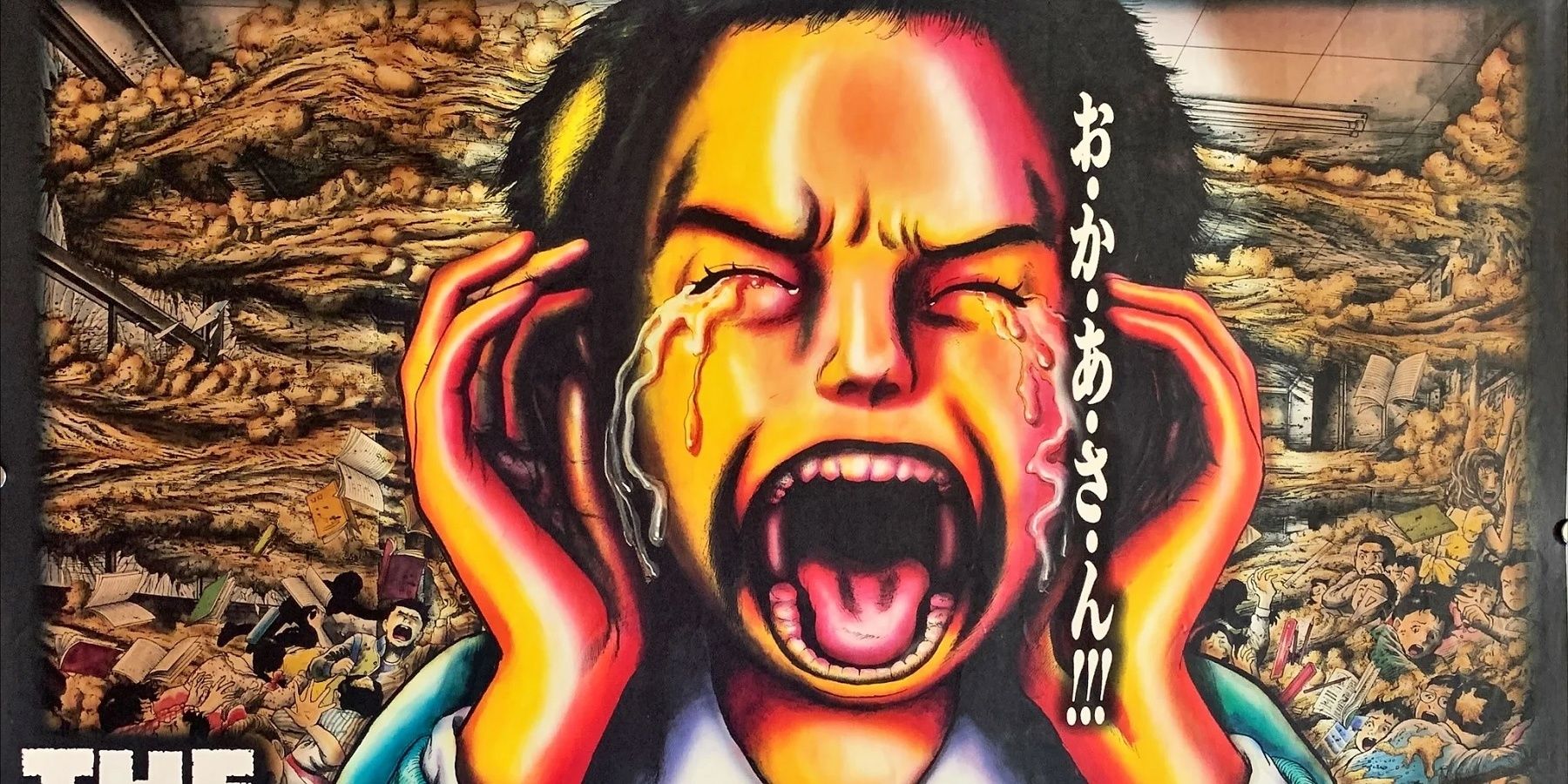
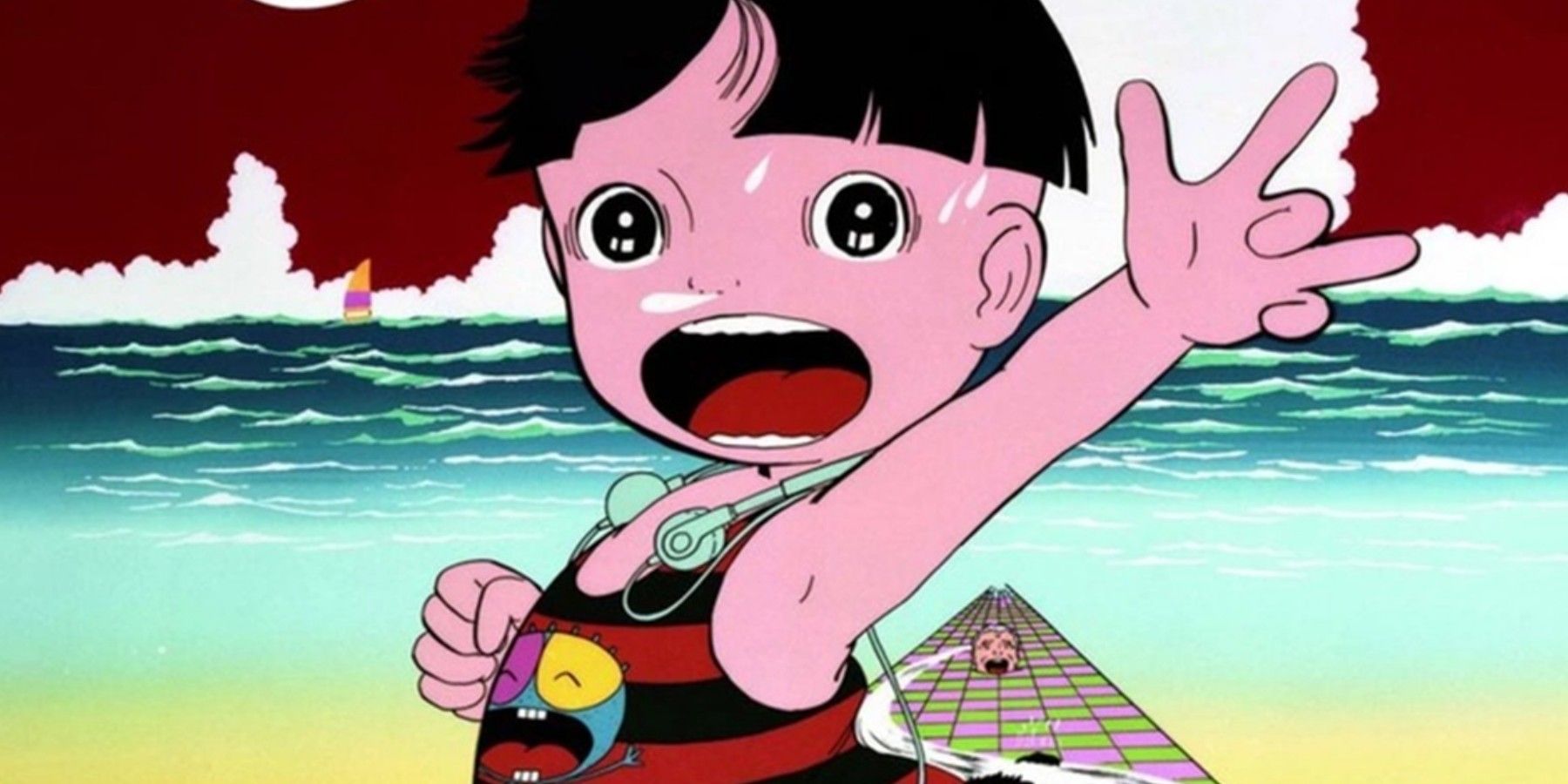
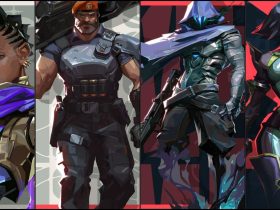


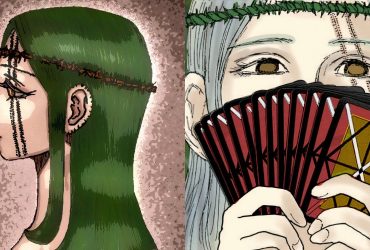
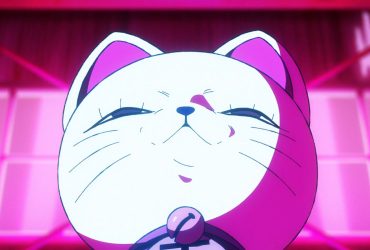
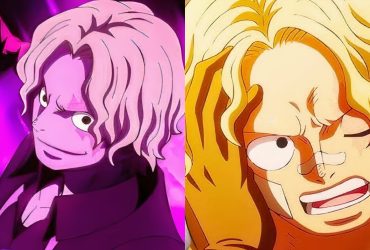

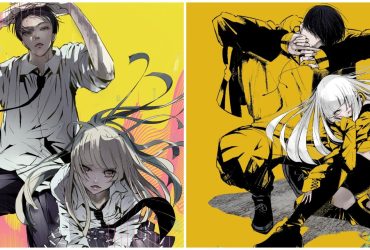
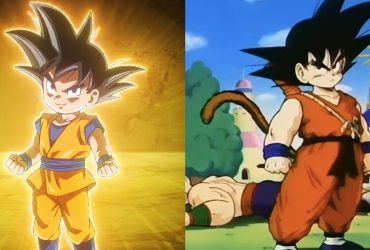
Leave a Reply